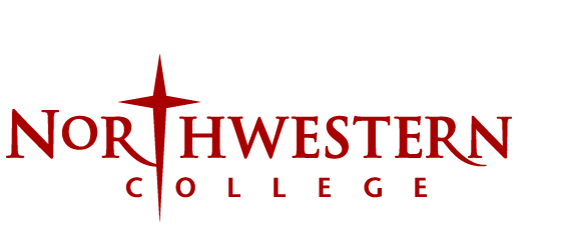Document Type
Article
Publication Date
Spring 2021
Abstract
Determining practices to produce optimal learning outcomes is a foundational objective for educators. Recent publications have identified the importance of practice sequencing structures (blocked vs interleaved) on learning. While this information has significant value for education, few studies have been conducted in authentic educational environments. This action research involved high school chemistry students (n=25) completing a practice assignment covering mole-mass conversions. One group practiced these problems in a blocked organization while the other was interleaved. Immediately following this assignment, students noted their completion time and rated their perceived difficulty. Three days later, students were given an unannounced interleaved assessment of mole-mass conversions. The interleaved group outperformed the blocked group on the assessment by 13%. However, the blocked group outperformed the interleaved group on the assignment by 8%. The interleaved assignment was more time consuming (7.8%) and perceived to be more difficult (12%) than the blocked group. The results from this action research demonstrate that interleaved practice can be utilized in accordance with the sequential attention theory to improve delayed retention of instructional material. Further research should be conducted in authentic educational environments to identify guidelines for determining educational interleaving applications.
Included in
Educational Methods Commons, Science and Mathematics Education Commons, Secondary Education Commons

